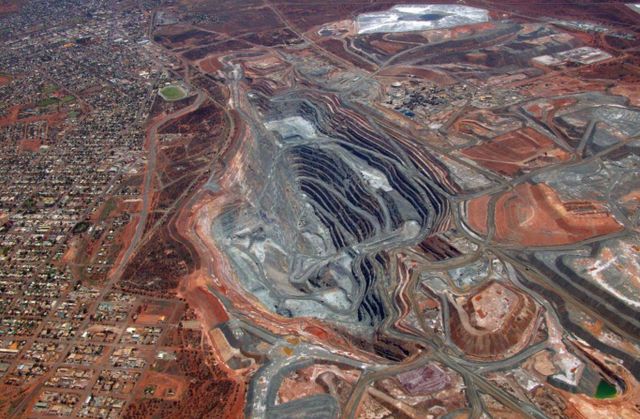
Closing a mine is a big decision that affects communities, the environment and workers. Find out how one mine is planning the transition.
What happens when your mine site closes?
Closing a mine is a big decision that affects communities, economies, companies, the environment and workers.
It’s not something people in the mining industry often think about when times are booming but, eventually, all mines close. At some point the resource will be fully exploited or it will become uneconomic to continue mining it, and a mine site will cease operations.
A report commissioned by the Australian Conservation Foundation revealed 75 per cent of Australia’s mines had been closed prematurely or the closure was unplanned. Further, there are as many as 60,000 abandoned mines around the country. Closure is an eventuality every mining company and every mining industry employee needs to plan for.
But what happens when a mine closes? Let’s look at an example to find out.
BHP to close Mount Arthur in 2030
BHP recently announced a plan to shut down its NSW Hunter Valley Mount Arthur coal mine in 2030. Although the mine is currently only approved to operate through to 2026, the company is seeking to extend operations for another four years.
The Mount Arthur mine, located near the town of Muswellbrook, is the largest coal mine in the Hunter Valley region of New South Wales. It began production in 2002 and supplies coal for energy production to international clients. When operating at full capacity, Mount Arthur can produce 20 million tonnes of coal a year.
What happens to the land?
When a mine permanently closes, the goal is to restore the site as much as possible to its original condition so that it is available for other uses. The requirements will vary with each mine, but it generally involves years of rehabilitation work and substantial investment.
At Mount Arthur, its owners have a procedure in place for restoration after coal has been removed from an area. The materials that were excavated above the coal seam are replaced, shaped and then covered with topsoil. Finally, appropriate vegetation is planted to create a look that matches the surrounding landscape as closely as possible.
With the final closure of the mine, the company expects the rehabilitation work to last between 10 and 15 years.
FURTHER READING: You can read more about Australia’s mines and the process of closure and rehabilitation in a report from The Australia Institute.
What happens to the people?
Right now, there are about 2,000 employees at Mount Arthur. The city of Muswellbrook has 12,000 residents and is situated in a sparsely populated region. The loss of so many jobs represents a significant challenge for the community.
However, in this case there are two factors that will make responding to the challenge easier than it otherwise may have been.
For one, there is time. If the extension is approved, operations at the mine will continue for another four years. This means there is an opportunity to plan for the transition in a way that creates the least disruption for employees and the community.
For another, there are resources. There has been a movement under way for several years to shift away from a dependence on fossil fuels for energy production and the NSW Government has realised the need for investment to offset the impacts of mine closures.
The Government recently created the Royalties for Rejuvenation fund, which provides $25 million a year to assist communities near coal mines to create opportunities in other industries.
The hope is that through programs that help workers acquire new skills and attract new businesses, those who lose jobs as the mine winds down will be able to stay in their community.
Is the place where you work facing a transition? MPi has been a mining industry recruitment specialist for more than 28 years. Register with us here and let us help you find your next job.